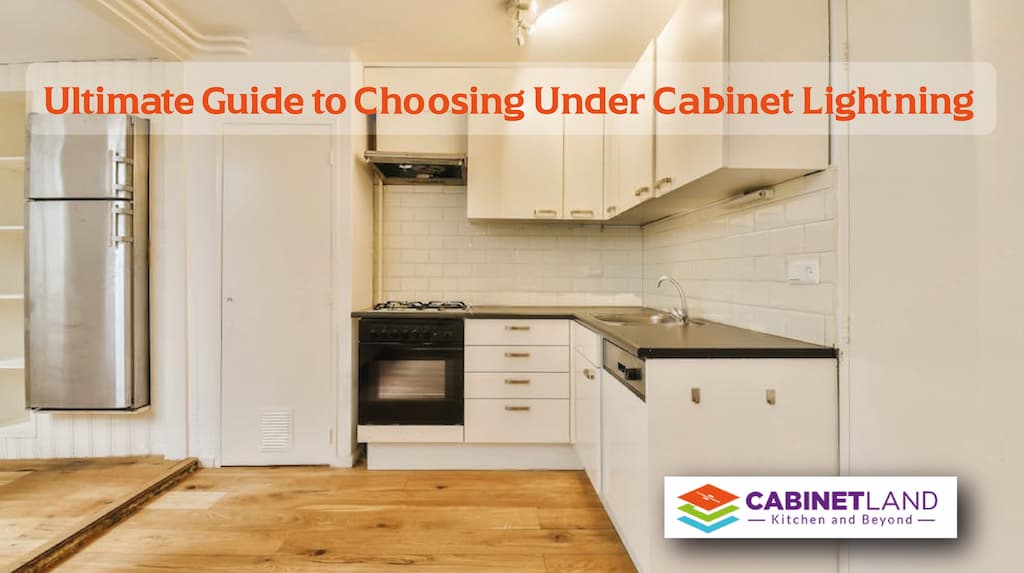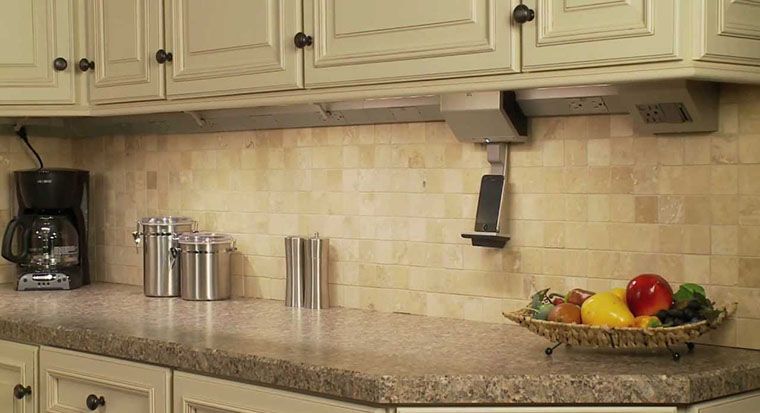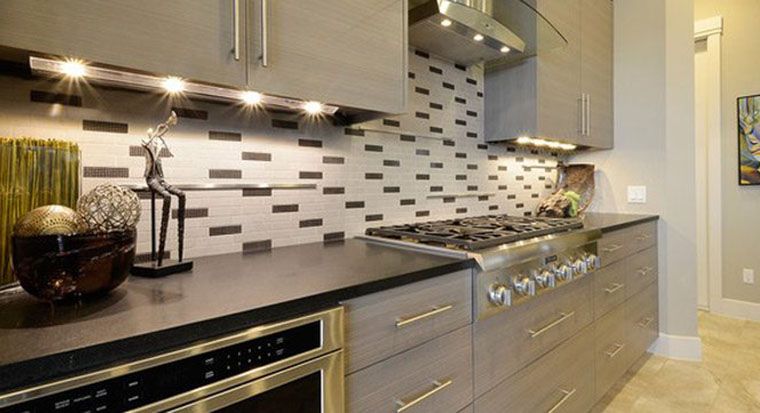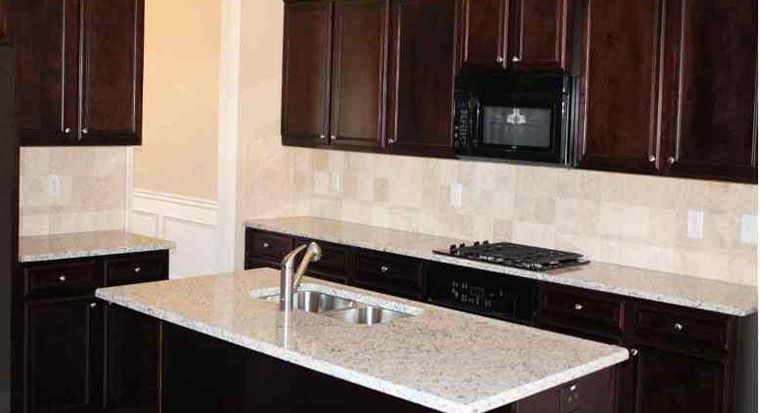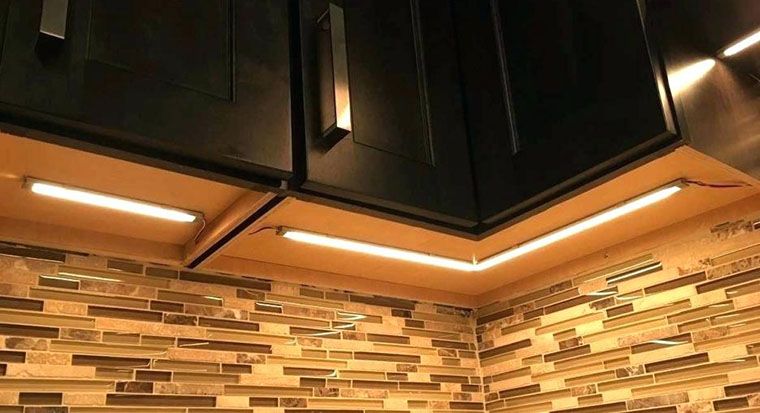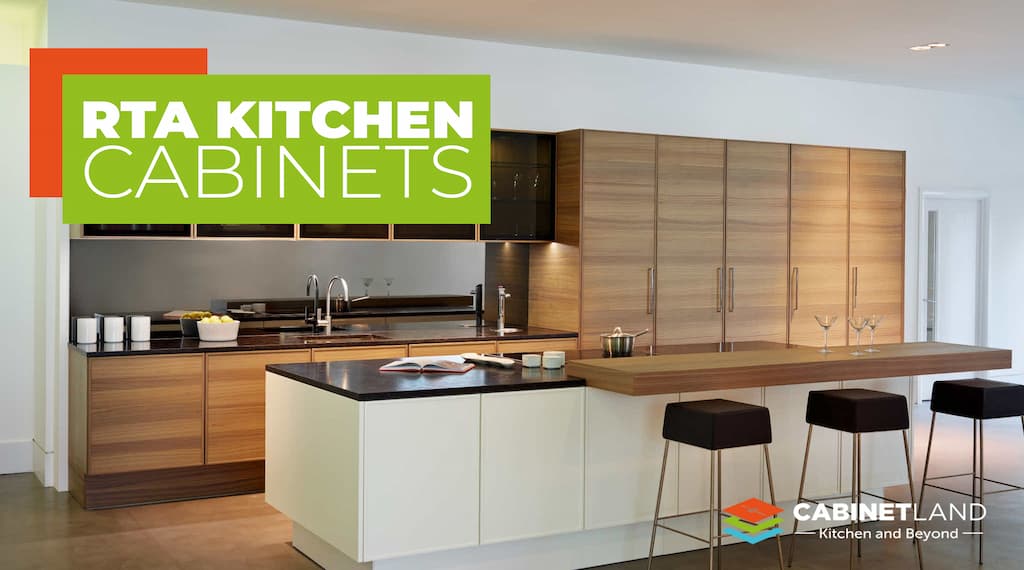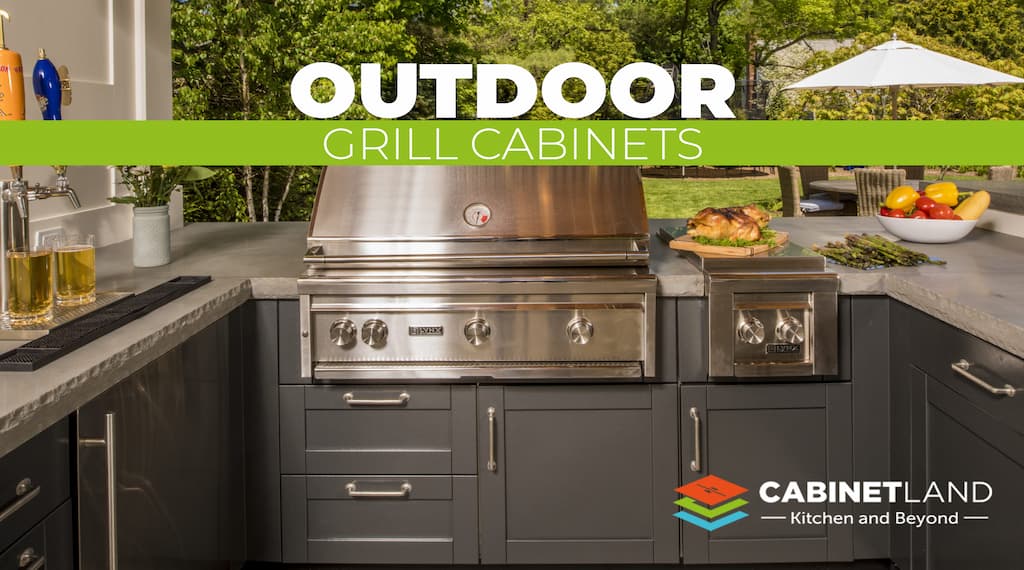Under cabinet lighting is necessary to enhance your kitchen’s functionality and elegance. Imagine the scene: you’re finely chopping vegetables for a meal or measuring ingredients for a recipe, and you’re straining your eyes because your kitchen’s overhead lights don’t reach the crucial areas beneath your cabinets. Not only can this damper your cooking experience, but it can also make your kitchen appear smaller, dimmer, and less inviting.
Table of Contents
ToggleAs more homeowners realize the dual benefits—both practical and aesthetic—of under-cabinet lighting, the question arises: How do you choose the right kind? And for those mindful of utility costs, how can you achieve the desired brightness without racking up a hefty electric bill? The answer is simple: opt for low-voltage under-cabinet lighting, which ticks off all the boxes by providing focused, energy-efficient illumination exactly where you need it.
Under cabinet lighting should be at the top of your list when undertaking a kitchen remodel or simply looking to make a crucial upgrade. Its importance goes beyond mere aesthetics; it significantly aids in tasks that require precision and focus. By cutting through the shadows often cast by standard overhead lighting, under-cabinet solutions brighten your countertops and elevate your kitchen space’s entire look and feel.
Under-cabinet lighting has a transformative power, and choosing the best options that perfectly align with your kitchen’s needs and design is essential. Whether your goal is to spotlight your kitchen’s architectural features or make your culinary tasks more enjoyable, this guide will help you navigate the myriad choices available. So read on and illuminate the untapped potential of your kitchen with under-cabinet lighting that truly shines.
Types of Under Cabinet Lighting
Each type has pros and cons, and the best choice depends on your needs, kitchen design, and personal preferences.
- Puck Lights: Puck lights are round, hockey puck-shaped fixtures that provide focused, directional lighting. They’re ideal for highlighting specific areas, like countertops where you do most of your chopping or mixing.
- Linear Lights: Linear lights provide more even lighting across a broader area, making them perfect for uniformly lighting the entire length of a counter. These are often used in more modern kitchen designs.
- Strip Lights: Strip lights are essentially a more flexible form of linear lights, capable of bending and curving to fit unusual shapes or corners. They’re excellent for custom designs and tend to be less visible than other options.
- Tape Lights: These are similar to strip lights but are usually much slimmer and can easily adhere to a surface, making them ideal for tight spaces.
- Rope Lights: Rope lights are encased in a plastic tube, offering a more diffuse light. They are flexible and can be used in various settings, although they usually offer less focused lighting than other types.
- Recessed Lights: These lights are installed into the cabinet, providing a sleek look. This type of lighting is more permanent and usually requires professional installation.
- Battery-Operated Lights: These are usually easier to install and ideal for people who want a quick, straightforward lighting solution. However, they may not offer as much luminosity as hardwired options.
- Smart Lights: With the rise of smart homes, you can now find under-cabinet lighting that can be controlled via smartphone apps or smart home systems. These lights often offer color-changing options and can be programmed to turn on or off at specific times.
- Surface Mounted Lights: These lights are mounted directly onto the surface of the cabinet and can offer a more industrial look. They are generally easy to install but may protrude from the bottom of the cabinet, becoming more visible than other types.
What are The Light Sources for Under Cabinet Lightning?
- LED: LED lighting is energy-efficient and long-lasting, offering bright, clear light.
- Fluorescent: While less popular than LEDs, fluorescent lighting is also energy-efficient but usually provides softer, more diffused lighting.
- Xenon: Xenon lighting gives off a warmer, more natural light but is less energy-efficient than LED and fluorescent options.
What are The Voltage Types for Under Cabinet Lighting
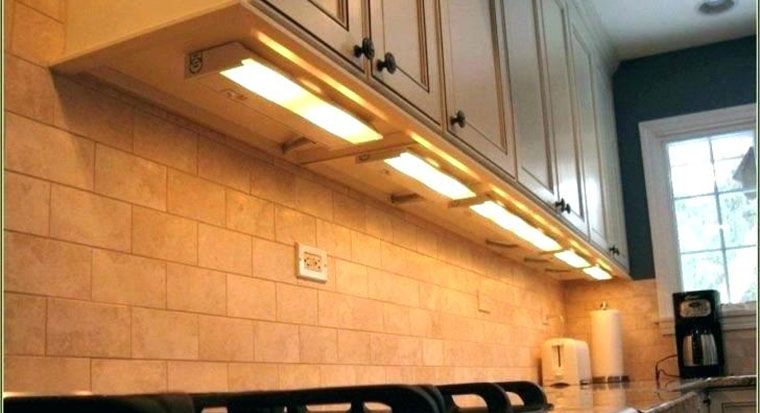
Choosing Between Hardwired and Plug-in Options
Another factor you have to consider is the type of wiring required for your lights. Low voltage under cabinet lighting hardwired option requires no wiring and is easy to install. Some fixtures require hardwiring, so you must connect them to existing wiring. In most cases, this requires the services of an electrician. Other fixtures are plug-in, which means all you need is an available socket and plug it in.
The plug-in type is more accessible since you can do it yourself. You might encounter a problem if no power outlets are available where you want them or if you prefer the wires to be out of sight. A plug-in type might be better if you have no such issues. You should select a plug-in way if you have a short labor budget for installing low-voltage cabinet lighting.
Decide on the wiring type you need before purchasing the low voltage under cabinet lighting hardwired fixture. Most are only hardwired or plug-in, so check if you are getting what you need. Some fixtures do give you both options, but you need to check. If you would rather not do any wiring, you might want to consider battery-operated lights. Choosing the correct type of under-cabinet lighting can also be influenced by your kitchen cabinets.
What is The Importance of Light Control in Your Kitchen
Lighting that can be dimmed offers you greater flexibility and control. Installing a dimmer switch does incur an additional expense, but the benefits outweigh the costs. Adjustable lighting allows you to cater to different needs and preferences, from cooking to dining. People sensitive to light will appreciate the ability to reduce glare and intensity. Furthermore, dimmable lights can help conserve energy when full brightness is unnecessary.
Why Fixture Lenses Matter
While many under cabinet lights come without lenses, adding a fixture lens can dramatically improve the quality of your lighting. Lenses disperse light evenly, minimizing glare and reducing reflections on your countertop surfaces. This is particularly important if you opt for brighter bulb types like xenon or halogen, which tend to produce significant glare.
What are The Energy-Efficient Options for Under-Cabinet Lighting
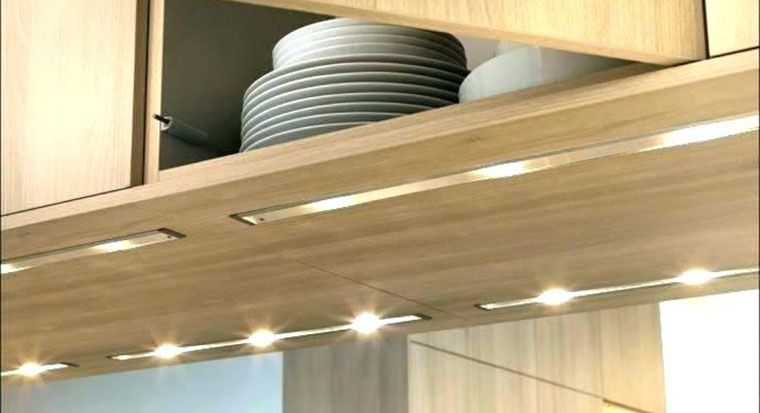
Heat Emission: What You Need to Know
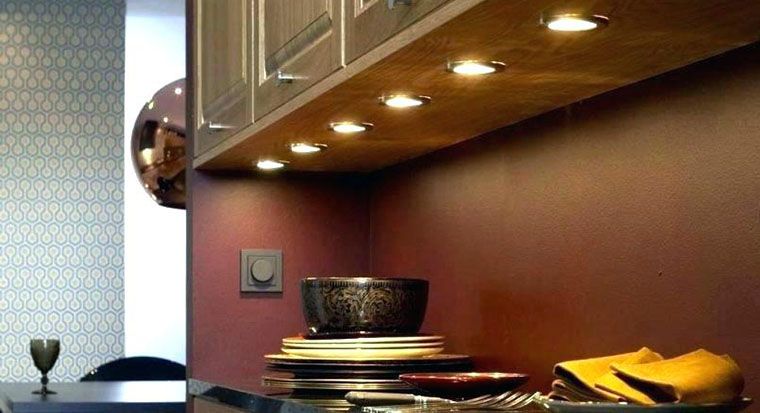
Conclusion
Selecting the perfect under-cabinet lighting involves much more than merely choosing a fixture that looks good. It’s a complex decision influenced by factors such as voltage, installation methods, light control, lens options, energy efficiency, and heat emission. However, armed with the knowledge from this comprehensive guide, you’re now well-equipped to make an informed choice that suits both your aesthetic preferences and functional needs.
Understanding the nuances between low and line voltage options will help you tailor your lighting solutions to your kitchen’s dimensions and requirements. Whether you opt for hardwired or plug-in fixtures, the aim is to choose a system that aligns with your installation capabilities and budget constraints. The added feature of dimmability offers versatile lighting control, enhancing both the functionality and ambiance of your space. Don’t overlook the importance of fixture lenses, especially if you’re sensitive to glare or want to achieve uniform illumination. Finally, considering the energy efficiency and heat emission of different light sources can go a long way in optimizing your kitchen environment.
If you’re planning a broader kitchen remodel, the thoughtful integration of under-cabinet lighting can significantly elevate the entire renovation project, making your kitchen functional and a feast for the eyes. In a room where functionality meets design, making the right lighting choices can transform your kitchen from a mere workspace to a heartwarming hub of your home. Choose wisely, and let your kitchen shine.

